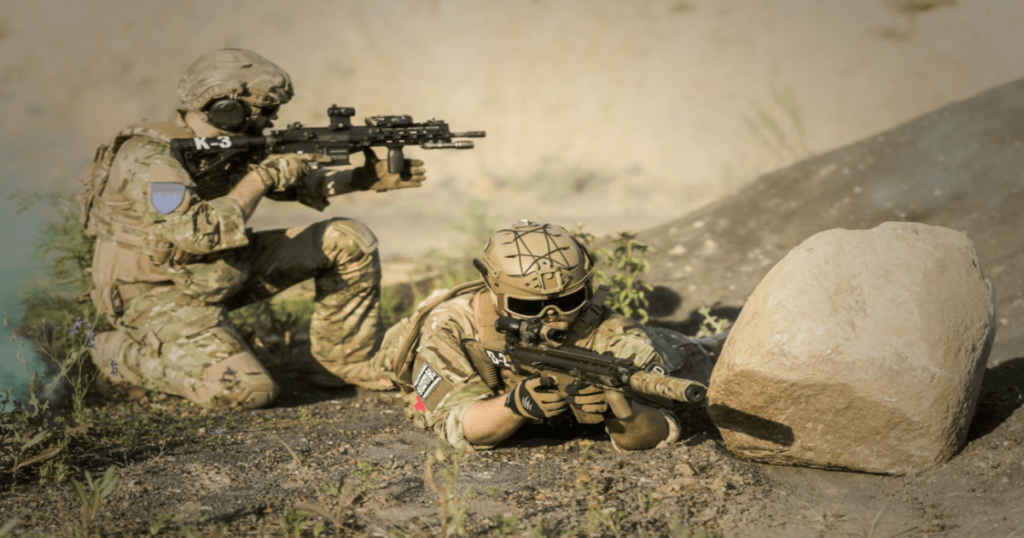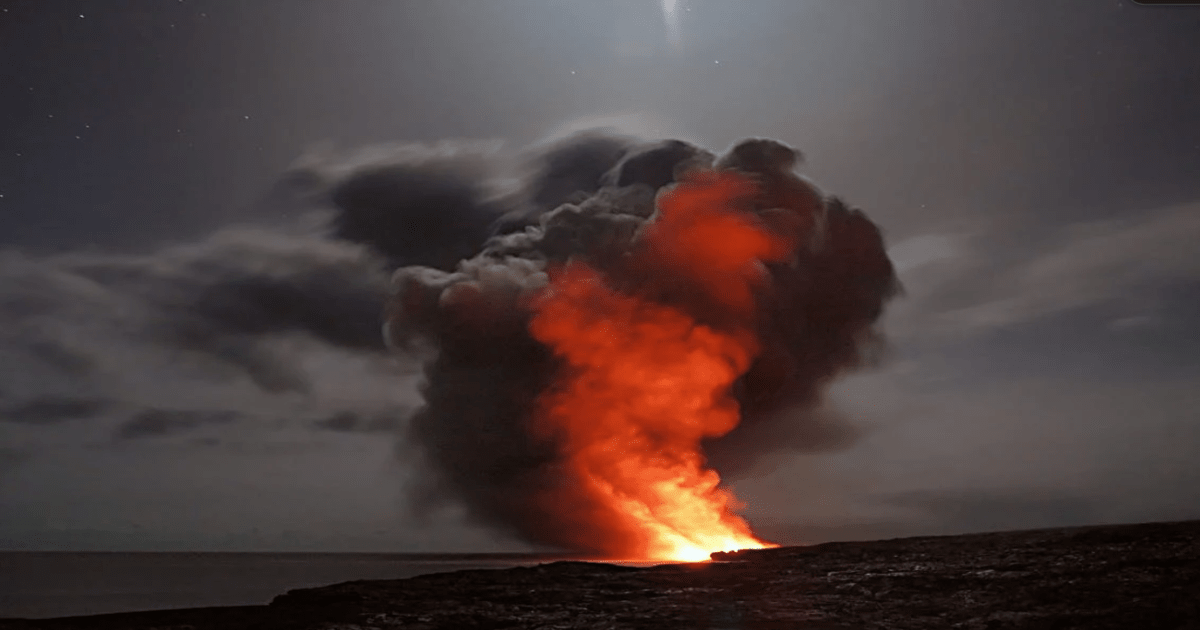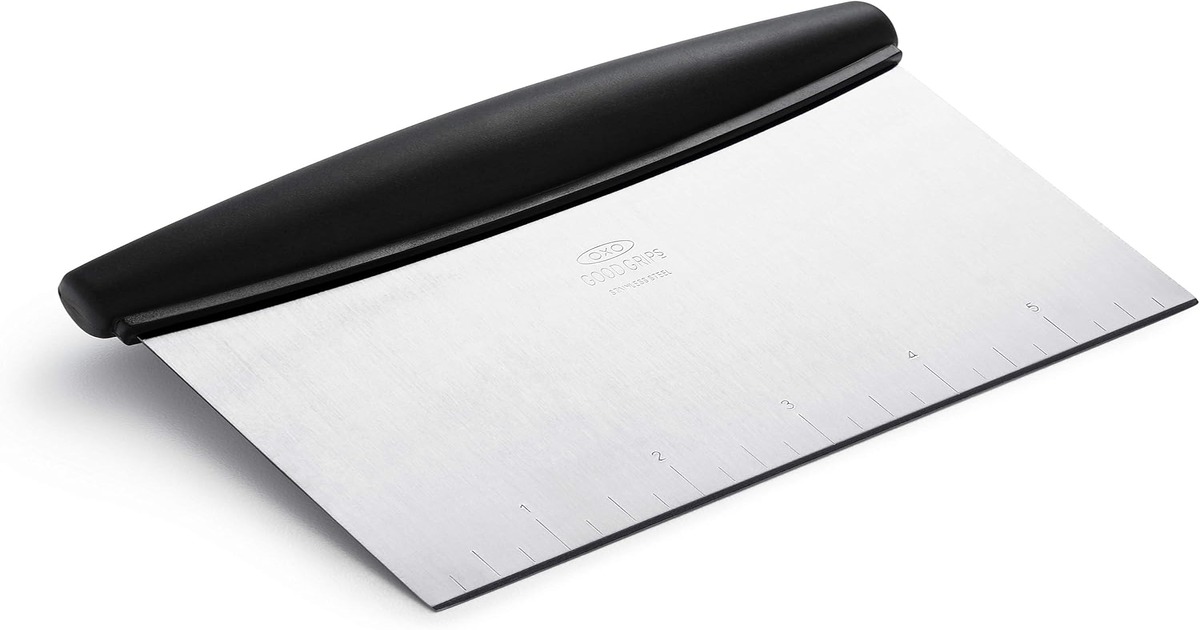Introduction
The rivalry between Iran Vs. Israel Conflict has long been a region fraught with tension and conflict, and few issues exemplify this more than the ongoing Issues .

The enmity between these two nations is deeply rooted in historical, religious, and geopolitical factors, and it has significant implications not only for the region but also for the broader international community. In this comprehensive analysis, we will delve into the complexities of the Iran Vs. Israel conflict, examining its origins, key players, current dynamics, and potential future scenarios.
Table of Contents
Historical Background
To understand the IranVs. Israel conflict, it is essential to consider the historical context in which it emerged. Both Iran Vs. Israel conflict have ancient histories and deep-rooted cultural identities that inform their contemporary political stances. Iran, formerly known as Persia, boasts a rich heritage dating back thousands of years, while Israel traces its origins to ancient Hebrew kingdoms and the establishment of the modern state in 1948. The relationship between these two nations has been marked by periods of cooperation and animosity throughout history.
Religious and Ideological Dimensions
Religion also plays a significant role in the Iran-Israel conflict, particularly with regard to Islam and Judaism. Iran is predominantly Shia Muslim, while Israel is predominantly Jewish, and both countries draw on their religious traditions to justify their claims to the land and their policies toward one another. Additionally, the rise of political Islam in Iran following the 1979 Islamic Revolution has further complicated relations with Israel, which views itself as the homeland of the Jewish people.
Geopolitical Considerations
Beyond religion, the Iran Vs. Israel conflict is shaped by geopolitical factors, including strategic interests, alliances, and regional power dynamics. Iran, as a major regional power in the Middle East, seeks to assert its influence and challenge what it perceives as Western hegemony in the region. Israel, on the other hand, sees Iran as a threat to its security and existence due to Iran’s support for militant groups like Hezbollah and Hamas, as well as its nuclear program.
Key Players and Alliances
The Iran Vs. Israel conflict is not confined to just these two nations but involves a complex web of alliances and rivalries that span the Middle East and beyond. Iran has cultivated close ties with Syria, Lebanon, and various non-state actors, while Israel has formed alliances with countries like the United States, Saudi Arabia, and the United Arab Emirates. The involvement of external powers further complicates the dynamics of the conflict and increases the potential for escalation.
Current Dynamics
In recent years, the Iran-Israel conflict has been characterized by a series of proxy wars, covert operations, and diplomatic maneuvers. The Syrian Civil War, in particular, has emerged as a battleground where Iran and Israel vie for influence, with Israel conducting airstrikes against Iranian targets and Iran providing support to the Assad regime. Additionally, the Iranian nuclear program has been a source of tension, leading to international sanctions and periodic crises.
Escalation Risks
Despite efforts to contain the conflict, the Iran-Israel rivalry remains volatile, with the potential for escalation ever-present. The use of proxy forces, cyber warfare, and unconventional weapons further heightens the risk of miscalculation and unintended consequences. Moreover, the absence of direct diplomatic channels between Iran Vs. Israel conflict exacerbates tensions and increases the likelihood of misunderstandings.
Regional and Global Implications
The Iran Vs. Israel conflict has far-reaching implications for the stability and security of the Middle East and the world at large. A major escalation could disrupt global energy markets, destabilize neighboring countries, and draw in external powers, leading to a broader conflict with devastating consequences. Furthermore, the specter of nuclear proliferation adds an additional layer of complexity to an already volatile situation.
Comparision of Power Between Iran Vs. Israel Conflict
Comparing the military power of Iran and Israel provides insight into their capabilities and potential outcomes in a conflict scenario. Both nations have invested heavily in their defense forces, with sophisticated weaponry and advanced technology. Here’s a comparative analysis of their military capabilities:

Iran
- Large Standing Army: Iran boasts one of the largest standing armies in the Middle East, with approximately 523,000 active-duty personnel and over 350,000 reserve personnel.
- Advanced Missile Arsenal: Iran possesses a formidable arsenal of ballistic missiles, including medium and long-range variants capable of reaching targets across the region. They have also developed precision-guided missiles and drones.
- Asymmetric Warfare: Iran’s military strategy emphasizes asymmetric warfare, utilizing unconventional tactics and proxy forces such as Hezbollah and Hamas to extend its influence and project power in the region.
- Naval Power: Iran’s naval forces, including the Islamic Revolutionary Guard Corps Navy, possess a significant number of small fast attack craft and submarines. They also deploy naval mines and anti-ship missiles to control key maritime chokepoints in the Persian Gulf.
- Air Defense Systems: Iran has invested in a variety of air defense systems, including surface-to-air missiles and anti-aircraft artillery, to defend against aerial threats.
Israel
- Highly Trained Military: Israel maintains a highly trained and professional military force, known for its efficiency, innovation, and adaptability. The Israel Defense Forces (IDF) consist of approximately 170,000 active-duty personnel and 465,000 reserve personnel.
- Technological Superiority: Israel is renowned for its technological prowess and innovation in defense systems, including missile defense, cyber warfare, and precision-guided munitions. The Iron Dome missile defense system, developed by Israel, provides protection against short-range rocket threats.
- Air Superiority: Israel possesses a formidable air force, equipped with advanced fighter jets, unmanned aerial vehicles (UAVs), and reconnaissance aircraft. The Israeli Air Force (IAF) maintains air superiority over the region and has demonstrated its capabilities in multiple conflicts.
- Special Forces: Israel maintains elite special forces units, such as the Sayeret Matkal and Shayetet 13, which are highly trained in counter-terrorism, hostage rescue, and covert operations.
- Nuclear Deterrent: Although Israel maintains a policy of ambiguity regarding its nuclear arsenal, it is widely believed to possess a significant stockpile of nuclear weapons, providing a deterrent against existential threats.
Comparision
- Size and Personnel: Iran has a larger military force in terms of active-duty personnel and reserves compared to Israel.
- Missile Capabilities: Both Iran and Israel possess advanced missile capabilities, but Iran’s ballistic missile arsenal is more extensive and diverse.
- Technological Innovation: Israel holds a significant advantage in technological innovation and military R&D, particularly in areas such as missile defense and cyber warfare.
- Air Superiority: Israel maintains air superiority over the region, with a modern air force and advanced fighter jets.
- Nuclear Factor: Israel’s presumed nuclear arsenal provides a strategic deterrent against potential adversaries, including Iran.
In summary, while Iran has a larger military force and possesses formidable capabilities, Israel’s technological superiority, air power, and strategic alliances give it a significant advantage in any potential military confrontation. However, the prospect of open conflict between the two nations remains complex and fraught with regional and international implications. Diplomacy and conflict resolution efforts are essential to prevent escalation and promote peace in the region.
Potential Solution to the Iran-Israel Conflict
The Iran Vs. Israel conflict has persisted for decades, fueled by historical grievances, religious animosities, and geopolitical rivalries. However, despite its complexities, there are potential pathways to resolution that offer hope for a more peaceful future in the Middle East.

In this proposal, we will outline a comprehensive approach to addressing the root causes of the conflict, fostering dialogue and reconciliation, and building a framework for lasting peace.
Addressing Core Issues
At the heart of the Iran Vs. Israel conflict lie several core issues, including territorial disputes, security concerns, and ideological differences. To make progress towards peace, it is essential to address these underlying grievances through constructive dialogue and negotiation. This may involve confidence-building measures, such as prisoner exchanges or humanitarian gestures, to build trust between the parties and create a conducive environment for further negotiations.
Diplomatic Engagement
Diplomatic engagement is crucial for resolving the Iran Vs. Israel conflict and must involve direct talks between the two adversaries. A multilateral approach, facilitated by regional and international mediators, could provide a framework for negotiations and help bridge the gap between the parties’ positions. Confidence-building measures, such as a mutual recognition of each other’s right to exist and security guarantees, could lay the foundation for more substantive discussions on contentious issues.
Regional Cooperation
Regional cooperation is essential for addressing the broader dynamics of the Iran-Israel conflict and promoting stability in the Middle East. By involving neighboring countries, such as Saudi Arabia, Turkey, and the Gulf states, in the peace process, it may be possible to create a broader framework for security and cooperation in the region. Initiatives such as the Arab Peace Initiative, which offers Israel normalized relations with Arab states in exchange for a two-state solution with the Palestinians, could serve as a model for regional engagement.
Economic Integration
Economic integration can be a powerful tool for promoting peace and prosperity in the Middle East. By fostering trade, investment, and economic cooperation between Iran and Israel, it may be possible to create mutual interdependencies that reduce the likelihood of conflict. Initiatives such as joint ventures, infrastructure projects, and regional development programs could help build trust and create incentives for peaceful coexistence.
Track II Diplomacy

Track II diplomacy, involving non-governmental actors such as civil society organizations, academics, and religious leaders, can complement official negotiations and provide alternative channels for dialogue and reconciliation. Track II initiatives could focus on fostering people-to-people contacts, promoting interfaith dialogue, and building grassroots support for peace. By engaging a wide range of stakeholders in the peace process, Track II diplomacy can help generate momentum for change from the bottom up.
Addressing Regional Conflicts
The resolution of the Iran Vs. Israel conflict is closely intertwined with the resolution of other regional conflicts, particularly the Israeli-Palestinian conflict. Progress towards peace in one area can create positive spillover effects that facilitate progress in others. Therefore, efforts to resolve the Iran-Israel conflict should be accompanied by efforts to address other regional flashpoints and promote a comprehensive approach to peace and security in the Middle East.
In conclusion, while the Iran Vs. Israel conflict may seem intractable, there are potential pathways to resolution that offer hope for a more peaceful future in the Middle East. By addressing core issues, engaging in diplomatic dialogue, fostering regional cooperation, promoting economic integration, leveraging Track II diplomacy, and addressing regional conflicts, it may be possible to build a framework for lasting peace between Iran and Israel. This will require political will, patience, and perseverance, but the stakes are too high to ignore. With concerted efforts and international support, peace in the Middle East is within reach.
Conclusion
In conclusion, the Iran Vs. Israel conflict is a complex and multifaceted issue that defies easy solutions. Rooted in historical, religious, and geopolitical factors, it poses significant challenges to the stability and security of the Middle East and the world. However, by understanding the origins, dynamics, and implications of the conflict, we can work toward constructive dialogue and peaceful resolution. Only through concerted efforts at diplomacy and conflict resolution can we hope to achieve a more stable and prosperous future for the region.




